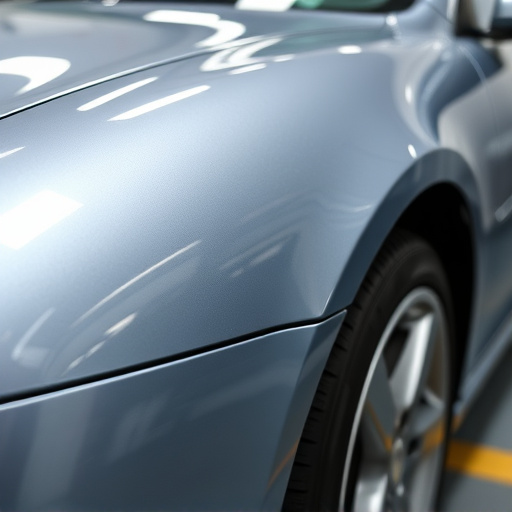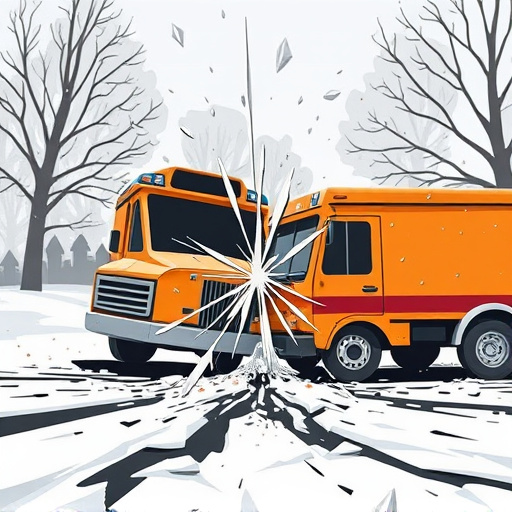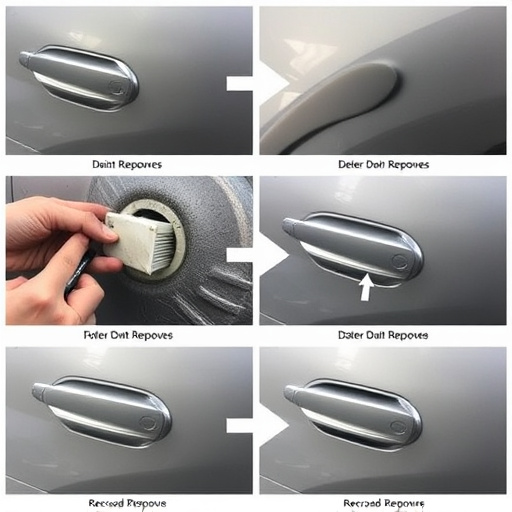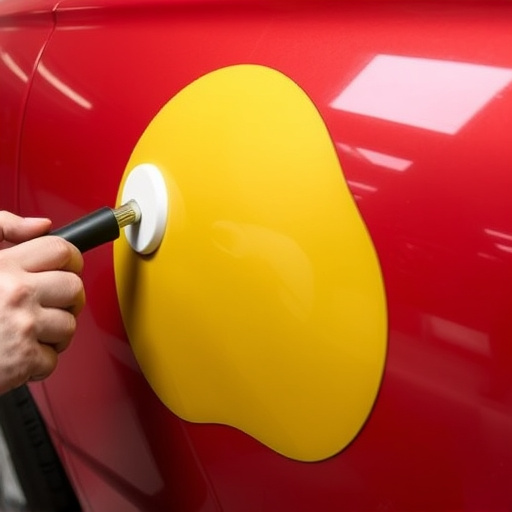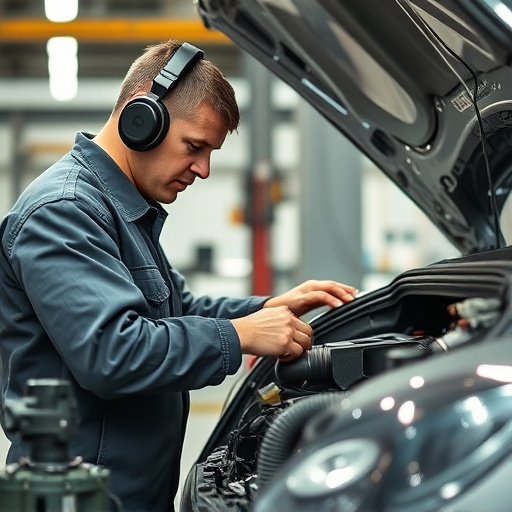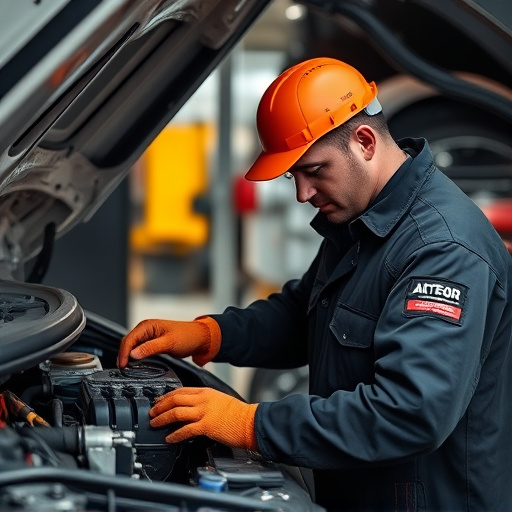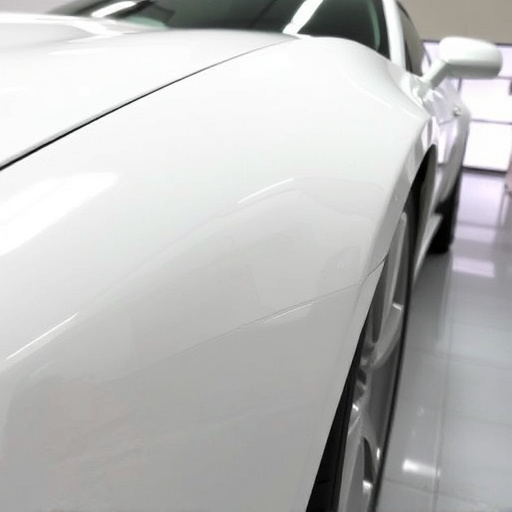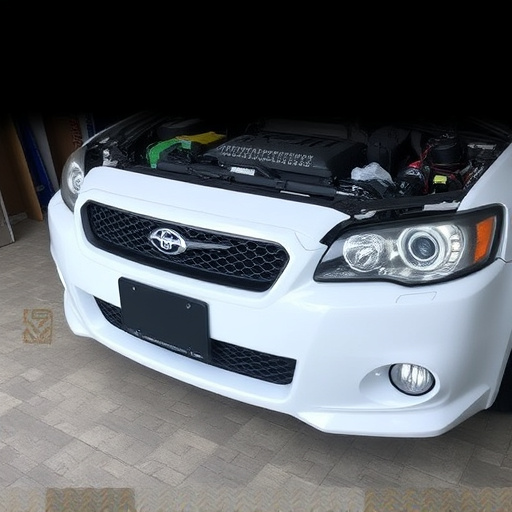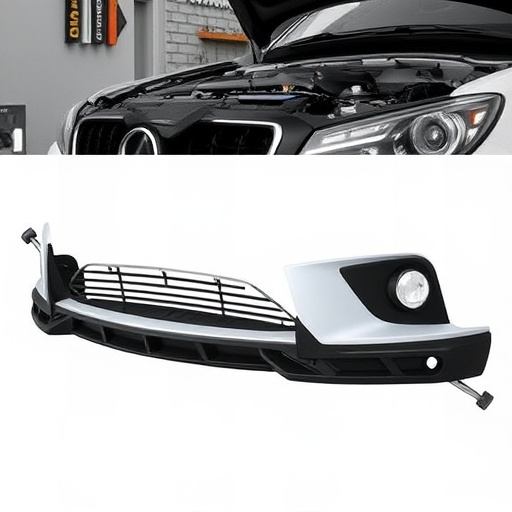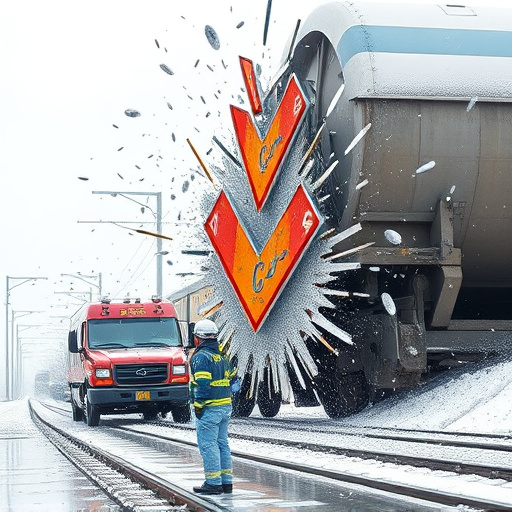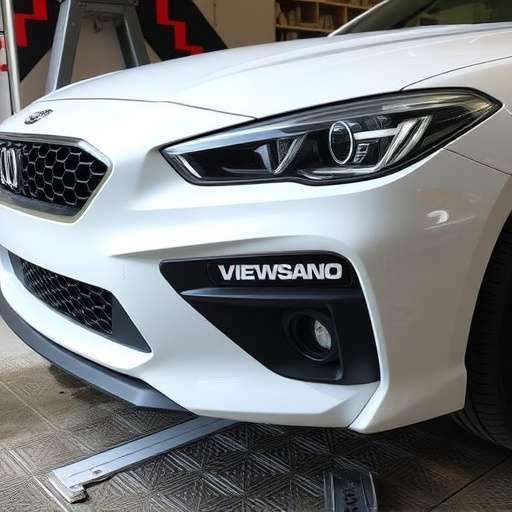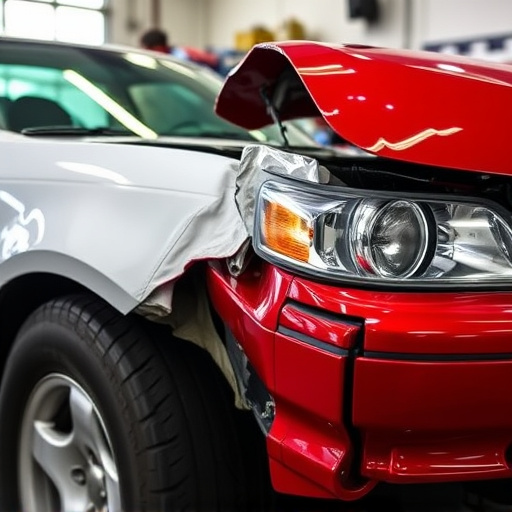Electronic diagnostics collision technology is transforming auto repair by detecting hidden issues and enabling precise assessment. Integrating these advanced tools with traditional inspections allows shops to deliver comprehensive, high-quality services, such as accurate auto glass replacement, by addressing both visible and hidden vehicle damage. This holistic approach enhances customer satisfaction and solidifies the shop's reputation as a cutting-edge service provider.
In today’s digital age, the automotive industry is undergoing a transformation with the integration of electronic diagnostics into collision repair processes. This article explores how shops seamlessly blend cutting-edge technology with traditional inspections to deliver precise and efficient repairs. By understanding the power of electronic diagnostics, adopting standardized inspection protocols, and integrating these systems effectively, collision centers can enhance accuracy, streamline workflows, and ultimately provide superior customer satisfaction in a competitive market.
- Understanding Electronic Diagnostics in Collision Repair
- Traditional Inspection Processes and Their Role
- Integrating Systems for Efficient, Accurate Repairs
Understanding Electronic Diagnostics in Collision Repair

In the realm of collision repair, embracing technological advancements is transforming traditional practices. Electronic diagnostics for vehicles has emerged as a game-changer, offering a more efficient and precise approach to assessing damage, particularly in complex cases involving vehicle bodywork. This modern method involves specialized equipment that detects and interprets data from sensors within a car’s system, providing an in-depth analysis of any issues. By integrating these diagnostics with traditional inspections, repair shops can offer a more comprehensive service.
For instance, electronic diagnostics can swiftly identify problems beyond the naked eye’s reach, such as cracks in structural components or leaks in the cooling system. In cases like auto glass replacement, where precision is key, this technology ensures the new glass aligns perfectly with the vehicle’s framework. The synergy between these diagnostic tools and skilled technicians enables workshops to deliver high-quality, reliable collision repair services, ensuring customer satisfaction and safety on the road.
Traditional Inspection Processes and Their Role

Traditional inspection processes have long been a cornerstone of vehicle maintenance, especially after incidents like collisions or accidents. These inspections involve skilled technicians meticulously examining every aspect of a car’s structure and components, from the chassis and frame to the exterior and interior. The primary goal is to assess damage, ensure safety, and determine if repairs are needed for various parts, including the car bodywork and its underlying structural integrity.
In the case of electronic diagnostics, collision repair shops now have powerful tools at their disposal. These advanced systems can swiftly identify issues within a vehicle’s electrical systems, sensors, and computer modules, even after a collision. By combining these electronic diagnostics with traditional inspections, shops are able to offer comprehensive car bodywork services, guaranteeing that both the visible and hidden aspects of a vehicle are restored to optimal condition.
Integrating Systems for Efficient, Accurate Repairs

In modern auto repair shops, integrating electronic diagnostics with traditional inspections is transforming the way vehicles are assessed and repaired. By combining advanced technology with established practices, auto repair shops can achieve efficient and accurate repairs. Electronic diagnostics collision systems enable technicians to access a wealth of vehicle data through connected devices, providing detailed insights into engine performance, sensor readings, and potential issues. This information allows for more precise identifications of problems, eliminating the need for lengthy trial-and-error processes.
The seamless integration facilitates faster turnaround times, as technicians can diagnose and address issues concurrently. Moreover, these systems facilitate communication between different departments within an auto body shop, ensuring that vehicle dent repair, painting, and mechanical work are all coordinated and aligned with diagnostic findings. This holistic approach enhances customer satisfaction by delivering high-quality repairs in a timely manner, solidifying the reputation of the auto repair shop as a cutting-edge service provider.
Shops are increasingly integrating electronic diagnostics into their collision repair processes, complementing traditional inspections. This fusion of technology enhances accuracy and efficiency, ensuring repairs that meet modern standards. By leveraging electronic diagnostics alongside established practices, shops can streamline workflows, reduce errors, and ultimately deliver superior customer satisfaction in the realm of collision repair.
